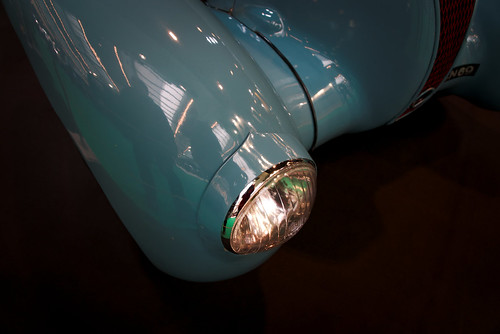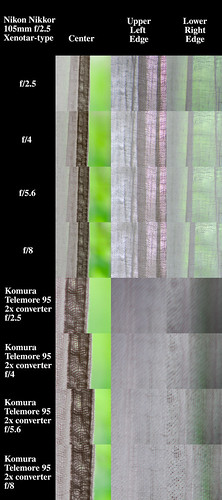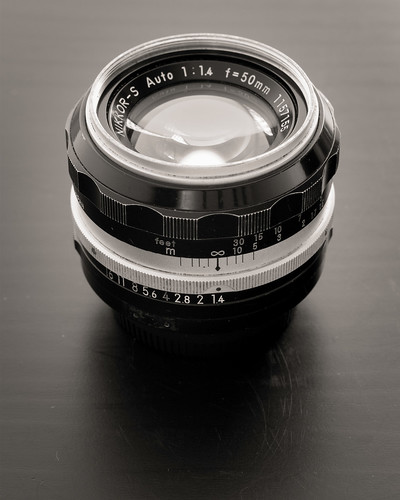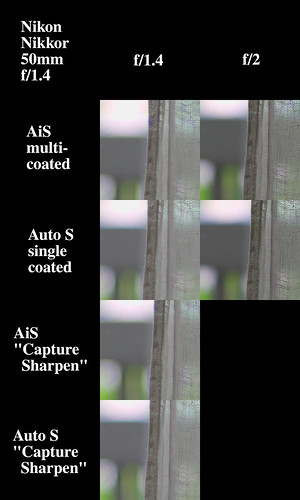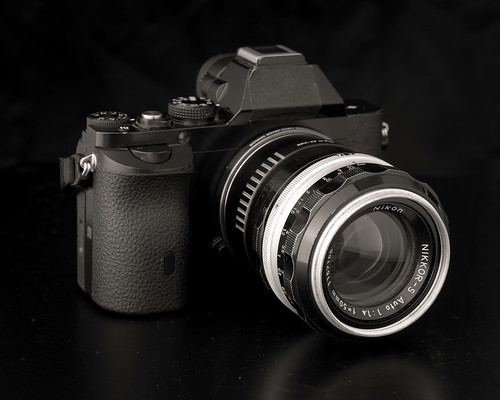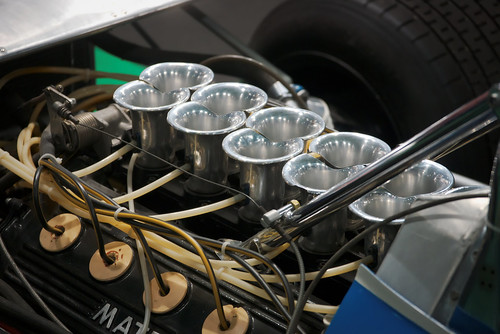For this post I'm going to flip my normal "let's have a look at MORE equipment" approach to things on its head. I'd like to talk a brief moment about the "impact" an image can have.
I recently visited an extensive retrospective of Steve McCurry's work. The event was held at the Musee Maillot. From the very start it seemed as if every image had a certain visual "impact."
It didn't matter what lens took which image. Everything looked drop-dead gorgeous.
Yes, of course I'd read, like everyone else interested in this, where M.McCurry had used a Nikon Nikkor 105mm f/2.5 lens for some of his early portrait work. Yes, of course I'd read, like everyone else interested in this, that M.McCurry travels light these days with a Nikon D-somethingorother and a 24-70mm f/2.8 and maybe a slightly longer zoom, too.
None of that mattered. Everything looked, as I said two paragraphs ago, glorious.
OK. If I had to pick a nit, I'd have to say the color saturation of his Kodachrome images is superior to his current digital imaging. I've read where he deliberately under-exposed the slide film by 1/3rd to a 1/2 a stop to get that effect. And when matched with the out of focus rendition of those old Nikkor lenses... oh... my...
The images in the show were printed quite large, too.
A person could walk right up and inspect the work carefully. I did that and found the experience educational. I could see where the out of focus transition zones were rendered with just a touch of what I'll call "delicacy." Or perhaps I should say "deliciousness."
Then I would step back and take in the experience of the entire image. I could consider the subject, the setting, the social circumstances under which his images were made, and the cultural "impact" his work has had. I hadn't been this impressed by a body of work in many years.
When I lived and worked as a black and white print technician on Sunset Blvd in Hollywood, California I used to experience photo-shows in a similar way. In this way I remember two shows, in particular, that impressed me in opposite directions.
The first was a Helmut Newton show on Santa Monica Blvd. I was prepared to be impressed and to stand in awe. Afterall, Helmut was very well known, but... the large prints were soft starting a 1/3rd of the way out from the center. Every single one of them suffered this. It was as if the show had been hastily thrown together and the organizers didn't care about the outcome.
Whomever printed them did NOT let the temperature of the negatives normalize to flatten out the material. The center of the negatives were distorted by the temperature differential and the 120 format film grain, which should have been even and sharp all the way to the edge of the frame, wasn't. The show was a huge disappointment to me.
An Ansel Adams show, at a different time but in the very same gallery on Santa Monica Blvd, did however impress me. I could walk up to a print and inspect it closely and appreciate the detail and print technique. Then I could step back and take in the entire image to try to appreciate on a different level what M.Adams had done.
I've since changed my mind about how I feel about St. Ansel's work, but at the time he was universally considered to be one of photography's greatest practitioners and contributors to the advancement of the craft. I realize this is very West Coast photography-centric. My friends and I had no idea what was happening in Europe at the time.
I still feel Ansel Adams was able to control his materials very well. Lenses. Cameras. Process. Print making. Image interpretation. The whole process had come under his control.
Certainly Steve McCurry's work is very different from Ansel Adams'. It's M.McCurry's use of deeply saturated color combined with very compelling subject matter that impresses me so. And it's clear to me he knows how to control his materials to get the most out of them, just like M.Adams did in a generation before.
Knowing the materials he used might deepen my appreciation of his work from a technique perspective, but even if I didn't know these things, it was very clear to me that I was standing before the works of a master.
Rarely do I see us humans reflected in image in such a profoundly moving way.

